Cadel Evans: Australia in better Grand Tour shape than we’ve ever been
A new era of of success and hopes of a continuing pipeline after the tally of GC podium riders jumps
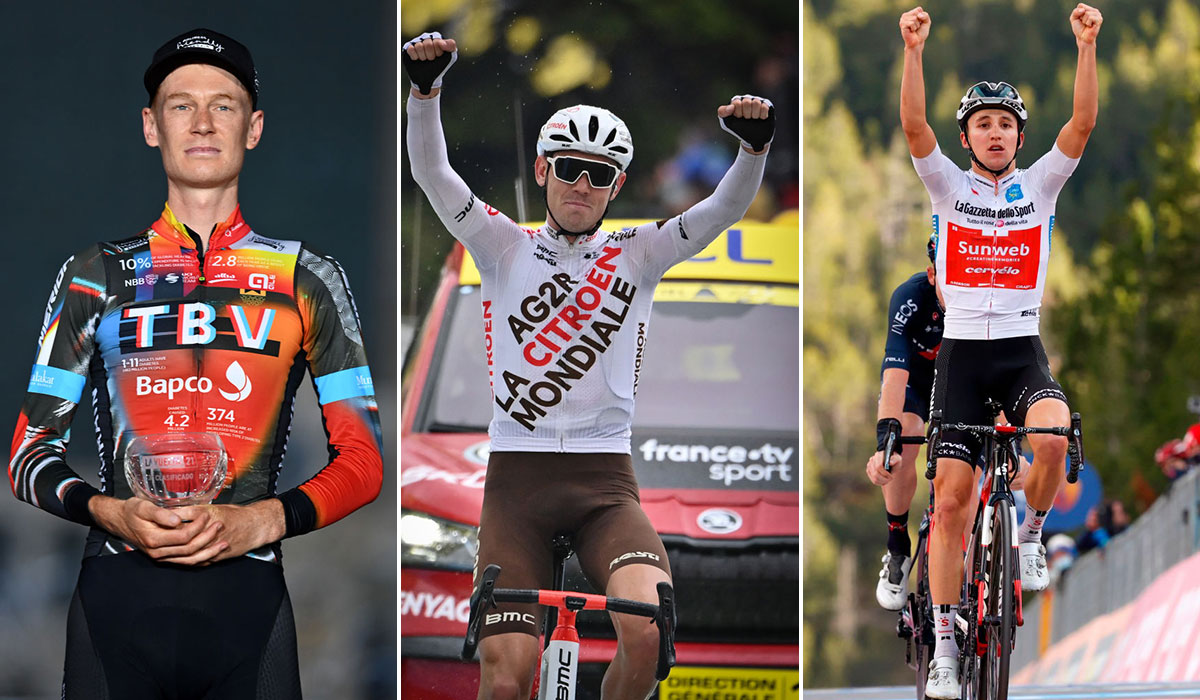
At the start of 2020, there was only one Australian rider who had ever stood on the podium of a Grand Tour and that was Cadel Evans. That count, however, has rapidly risen along with the number of serious overall contenders from the nation, opening up a new era where sleep starved fans watching as the racing unfolds overnight more often than not have a home nation hero to cheer on in the overall category.
It was more than a hundred years after the Tour de France began that an Australian first stepped up to the overall podium of a men’s Grand Tour, with Evans taking a second place on the Champs Elysees in 2007. He then went onto deliver four more podiums from the three-week stage races, reaching the very top step of the Tour in 2011.
Another Australian made it to those podium steps in 2020, with Richie Porte – the rider the nation had rested all its GC hopes on for many years – breaking through with a third place at the Tour de France. Then after Porte, now 36, a new generation quickly made their presence felt. Jai Hindley (Team DSM) burst into prominence at the COVID-19 delayed October edition of the 2020 Giro d’Italia by taking the leader’s jersey with one stage to go and, after the final time trial, held onto second place. Then this month Jack Haig (Bahrain Victorious) became the fourth Australian ever to step onto a Grand Tour podium, when he took third in the Vuelta a España.
"We've never been better prepared because we've had one rider in each Grand Tour who has either been on the podium, or can go to the podium. Compared to the last hundred years,” Evans said with a chuckle, “that's better than we've ever been.”
It has been a dramatic uptick for the nation that came across five Grand Tours in the space of 12 months, with the COVID-19 altered schedule. Not only does Australia now have four riders that know what it feels like to finish a Grand Tour on the overall podium, two still likely have a long career ahead of them to try and take more and, during that period, and there are also other riders who clearly displayed their potential.
The most obvious of these was Ben O’Connor (AG2R Citroën) who came fourth in his Tour de France debut this year. There was also Lucas Hamilton (Team BikeExchange) who shifted to a leadership role this year and, while things haven’t run to plan for him in his Grand Tours so far, he has delivered top 10’s across the other stage races he contested in 2021, including fourth at Paris-Nice.
What changed?
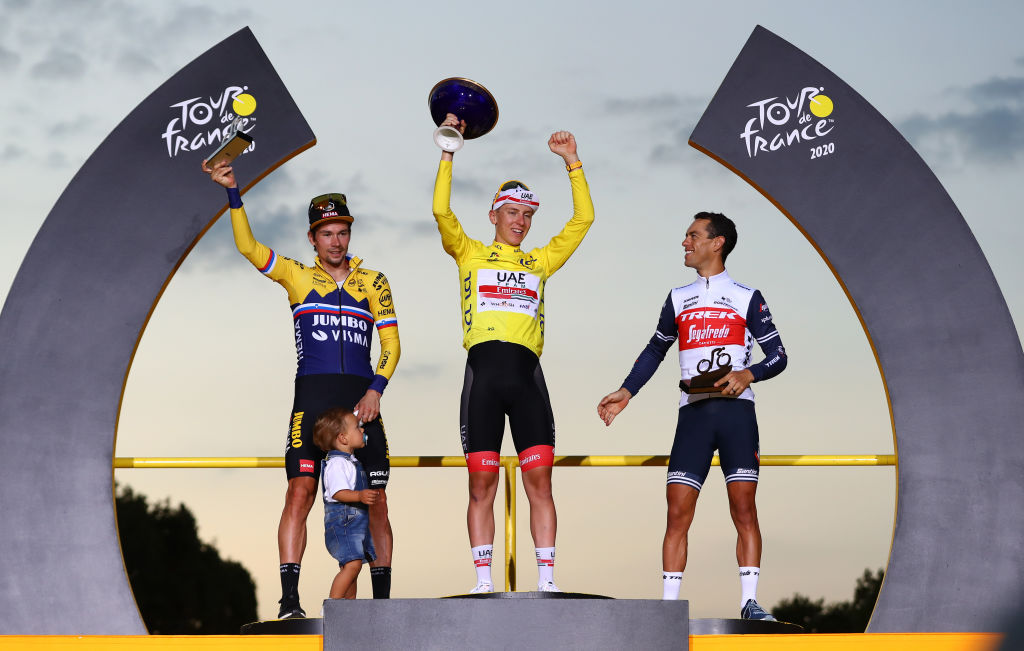
While the podium potential of Porte, now 36, has been long the centre of discussion, the rest of those that reached the steps weren’t as widely lauded, though the journey for that new generation of contenders has still been some time in the making.
Get The Leadout Newsletter
The latest race content, interviews, features, reviews and expert buying guides, direct to your inbox!
Haig, Hindley, O’Connor and Hamilton may all race for different teams now and have had different progressions toward overall aspirations once they’ve been racing the WorldTour, but there is common ground in their pathways.
Both Haig and O’Connor were once part of the Australian based Continental squad, now known as Team BridgeLane, as was Porte. Hamilton, Hindley, Haig and O’Connor also all raced in Europe with the national Jayco AIS WorldTour Academy team, along with Michael Storer (Team DSM) who took out the King of the Mountain jersey at this year’s Vuelta along with two stage wins. Plus, when Mitchelton-Scott formed its Continental Development squad in 2017, Storer, Hindley and Hamilton were all part of it.
It’s pathways like this, said Evans, that have helped overcome the disadvantages of distance and kept a strong wave of riders from the nation coming through.
"Especially for us in Australia … to come to Europe and race it’s a financial outlay, it's a commitment and not everyone has those opportunities available to them if they don't have the help of the national team and so on. We really need that,” Evans told Cyclingnews.
“That's where these results now are from, these guys that have come through these various programmes,” Evans said.
The WorldTour Academy Team and Mitchelton Scott development teams no longer exist. There are more limited opportunities for developing Australian road cyclists to compete in Europe through a nationally supported option, with track having become the primary focus for young riders in the national Australian development pathway. There’s also been a further impact on the ability of Australians to travel overseas through 2020 and 2021 because of the COVID-19 pandemic. The Tour de l’Avenir in August, where Australia sent a six-man squad, was the first international under-23 development project AusCycling had undertaken since the start of the pandemic.
There are, however, riders that have found other ways through in the meantime. Zwift Academy winner Jay Vine has turned his prize of a one-year contract with Alpecin-Fenix into a three-year deal. Luke Plapp, who represented Australia on the track at the Tokyo Olympic Games, signed with Ineos Grenadiers after impressing when he raced at the Santos Festival of Cycling at the start of 2021 as part of the national team, alongside Porte and then with National Road Series (NRS) team, InForm TMX Make, at Australia's Road National Championships.
The Santos Festival of Cycling, a NRS event, was run as a replacement for the Santos Tour Down Under, which along with the Cadel Evans Great Ocean Road Race usually brings international teams and riders to Australian shores. That opportunity, however, was lost in 2020 due to the COVID-19 pandemic related cancellation of both races. The men’s and women’s WorldTour events at the Cadel Evans Great Ocean Road Race and the Santos Tour Down Under events are both in the calendar for 2022, but with a ‘date to be confirmed’ note against their entries.
Inspiration
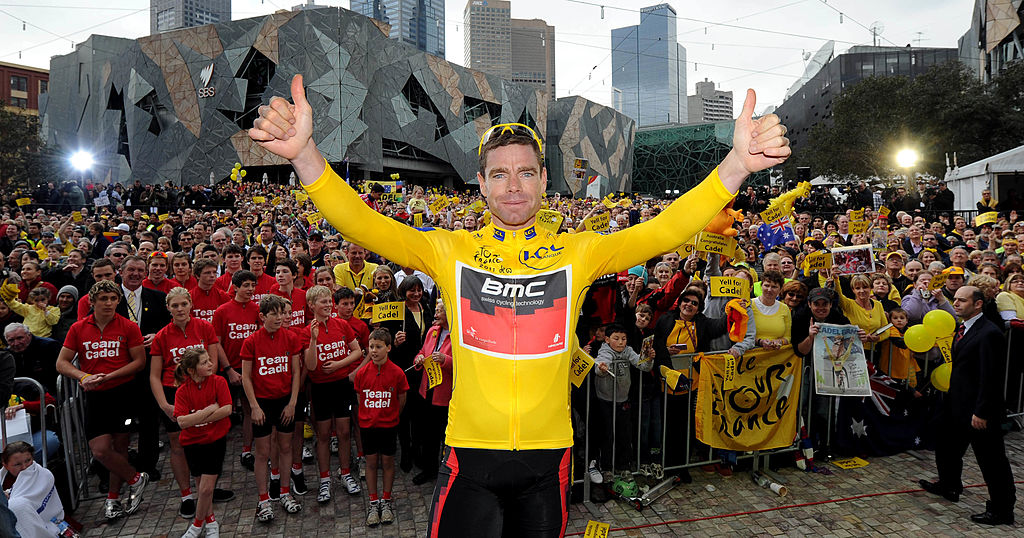
The current crop of GC contenders also have more in common than their development pathway; they were all teenagers making those pivotal decisions about what sport they would continue to pursue and how at a time when Evans took the prized yellow jersey at the Tour de France. A nation of AFL (Australian Football League) and cricket fans were tuning into a cycling event and celebrating a home nation hero at one of the biggest sporting events in the world. Australia had become accustomed to sprint success at Grand Tours, but riding for the overall also suddenly became a more tangible dream for Australia’s aspiring young cyclists.
“I didn't look at it that way, but hopefully I provided a little confidence boost or some inspiration,” said Evans. “I think as an athlete, that's the greatest thing you can do and the big satisfaction you can take away from your effort.”
“I would like to think that they saw that [victory] and thought Aussies can do this, because of course when I was watching the Tour, it was Miguel Induráin, Tony Rominger and Richard Virenque.”
Now though, the number of hometown Grand Tour GC heroes to draw inspiration from has grown, with the addition of Porte, Hindley and Haig. There’s also more top-level racing to watch in Australia where fans can see riders in person, or at least watch on television as they pass on familiar roads in a family-friendly time zone. The Cadel Evans Great Ocean Road Race started in 2015, offering both a men’s and women’s WorldTour event, to add to the already existing Santos Tour Down Under.
The complete rider
It is never an easy task to make it into the ranks of professional cycling, let alone perform at the top of the General Classification. That's something that goes beyond the obvious things like talent, being able to climb and time trial, said Evans, as it is also about dealing with the pressure, the expectations and the increasingly difficult task of getting through the crashes.
That's a factor that was particularly prominent at the Tour de France this year, with two Australian GC hopefuls, Haig and Hamilton, having to pull out of the race as a result. O’Connor, however, made it through despite getting caught and doing some damage on the very first day, both to himself and his time. He, however, shot back up the overall on stage 9, shifting to second when he won a stage from the break, and while he conceded some ground in the second week he continued to perform strongly till the end, moving up from fifth to fourth on stage 18, the final day in the mountains.
“What really impressed me with Ben's ride was there in the last day (in the mountains) when they were attacking each other and he had a go himself,” said Evans. “He really showed his quality with these capabilities in the third week.”
Haig had been well-positioned at the Tour de France before his broken collarbone, making it hard not to think what could have been given the strength he displayed at the Vuelta, particularly as he was a last-minute inclusion after his injury and stared out in a support role. That changed, though, when it became clear he was the best option for Bahrain Victorious on stage 9 when he rode with assurance while expected leader Mikel Landa faltered.
Evans said he’d been watching and waiting for Haig to make that next step, having heard and seen first hand what a complete rider he is.
"As much as he would have wanted to have done something at the Tour, and that was disappointing, I think it's nice to go in a bit more of a progression,” said Evans. “Looking at the longer term, to go to the podium at the Vuelta, to get a feel for it and then maybe go for the podium at the Tour ... I don't want to compare races but it’s a different game at the Tour."
Evans said the team now had the opportunity to go away and build a plan for next year to support Haig, at the Tour if that’s the goal. That planning and 2021 build at the Vuelta, then may not only help put him in the best possible position for 2022 but also beyond.
“To go to the Tour and maybe have success instantly, historically – other than a very few exceptional exceptions, ie Tadej – it doesn't always work well for riders actually,” said Evans. “So to get there step by step seems to be a more solid option and over the longer term a better way to progress."
The pipeline
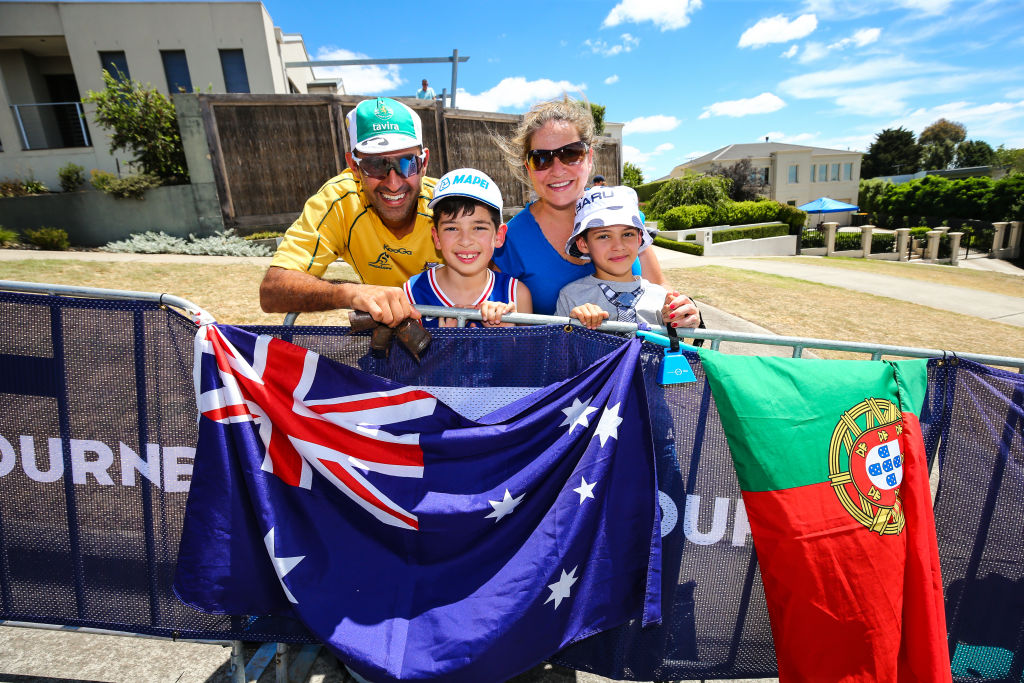
There may be no doubt that Australia is currently in one of the best positions it has been in terms of being able to present a range of serious Grand Tour GC podium contenders, but the big question is can the pipeline continue?
"We're working on it, put it that way,” said Evans.
“I hope that the domestic racing scene can continue to develop to give opportunity for people to see if they really like it, and then, of course, the opportunities to go overseas, whether it's with a small Continental Team or whether its government funding for national team programmes and so on, or feeder teams for the pros.”
Evans added that WorldTour teams were also being forced to look more broadly as they searched for younger talent, while as a race organiser he is trying to play a part as well. He added that The Cadel Evans Great Ocean Road Race, which hosts a men’s WorldTour race and Women’s WorldTour event, would like to include some junior level or domestic level racing to add to the grassroots impact, though hopefully, it is something that the existing top-tier events are already helping deliver.
“My dream with the race is to inspire a guy or girl – whether they're six, seven, eight, 10 years old – watching on the side of the road and saying I think I'd like to try cycling,” said Evans. “And maybe one or two will like it who will be a talent and go through. It really starts there.”
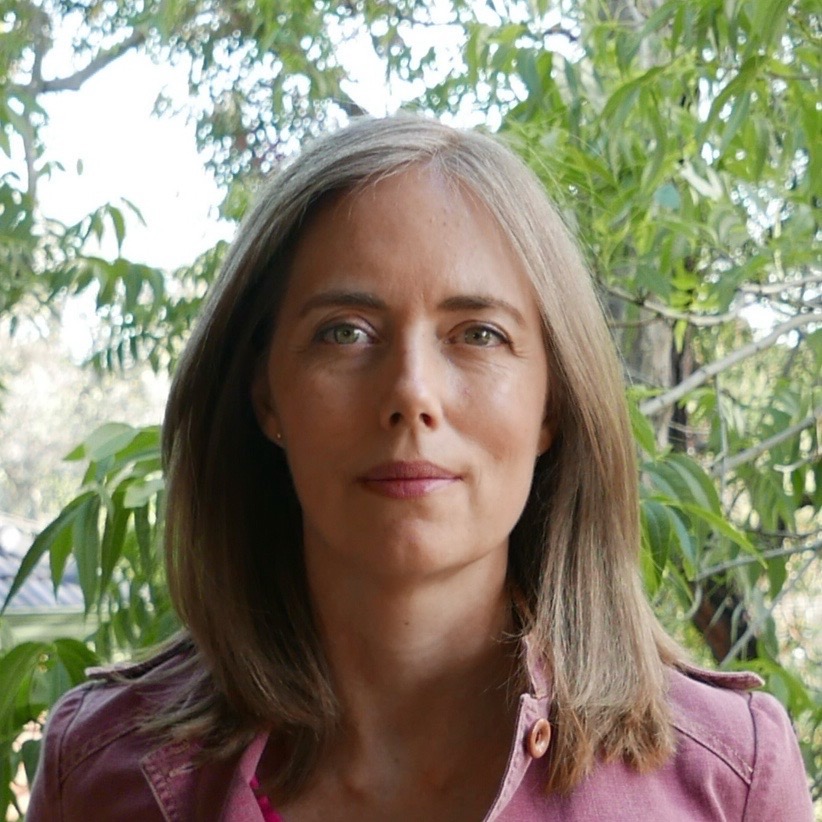
Simone is a degree-qualified journalist that has accumulated decades of wide-ranging experience while working across a variety of leading media organisations. She joined Cyclingnews as a Production Editor at the start of the 2021 season and has now moved into the role of Australia Editor. Previously she worked as a freelance writer, Australian Editor at Ella CyclingTips and as a correspondent for Reuters and Bloomberg. Cycling was initially purely a leisure pursuit for Simone, who started out as a business journalist, but in 2015 her career focus also shifted to the sport.